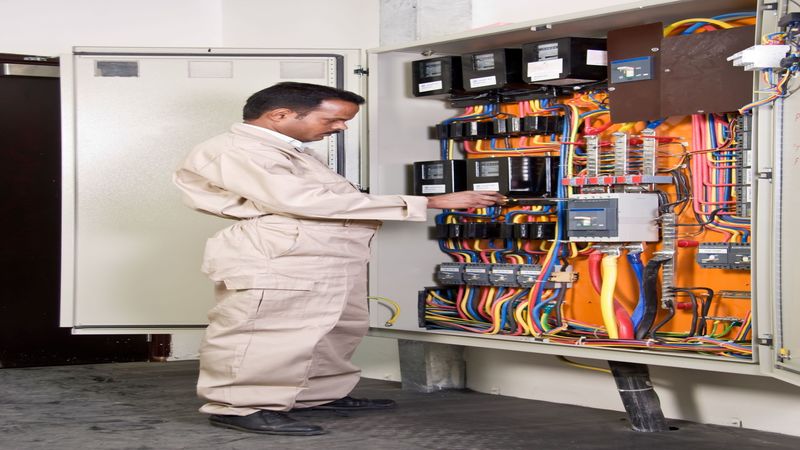One of the more frequently used spectrometers is the x-ray fluorescence XRF. What’s unique about this tool is that it’s able to do chemical analysis of different materials without destroying the sample. It’s what makes it a routine instrument in many industries requiring spectrometric analysis.
It’s an instrument that’s used on rocks, minerals, sediments and fluids, applying principles of wavelength-dispersive spectroscopy, very similar to the electron microprobe or the EPMA. This instrument is mainly used for bulk analysis that looks over broader areas of any sampling material, somewhere between 2 to 5 microns.
Some benefits of using the X-ray fluorescence XRF is its ease of use, low cost on sampling preparation and stability.
Applications of the fluorescence XRF are used in research on geological samples of phases, soil surveys and mining. It’s also in cement production, ceramic and glass manufacturing, metallurgy, petroleum analysis for sulfur content in crude oil and related products.
The are limitations to this instrument that need to be considered in its application such as its relatively large sample size and homogenized.
When it comes to the XRF, its x-ray tubing is crucial where its life expectancy is between four to six years with 10,000 to 30,000 hours of use. That’s why efficient air cooling in an analyzer is important and so are its efficient power levels that affect its filament.
If you have questions on an XRF, give us a call at Micro X-Ray Inc at +1-831-207-4900.
We specialized in these x-ray tubing for customized precision for your needs here in Santa Cruz, California.

